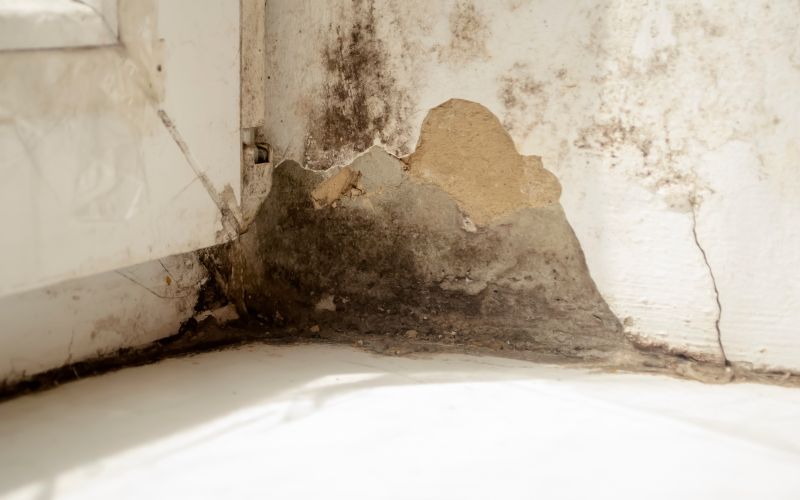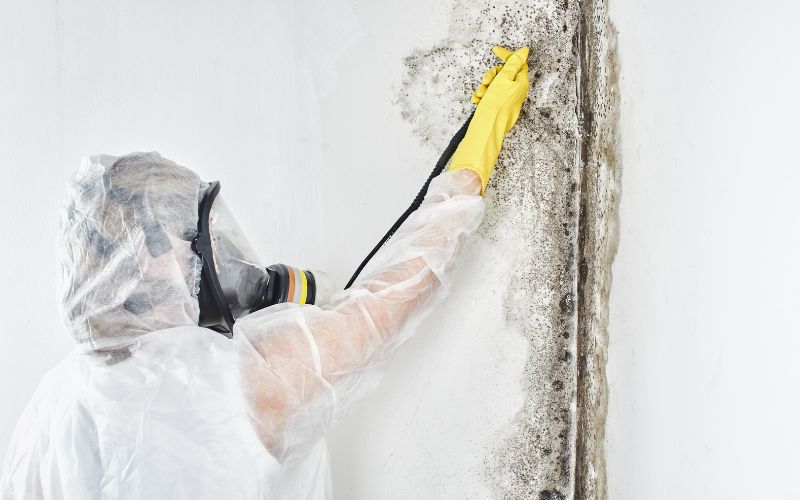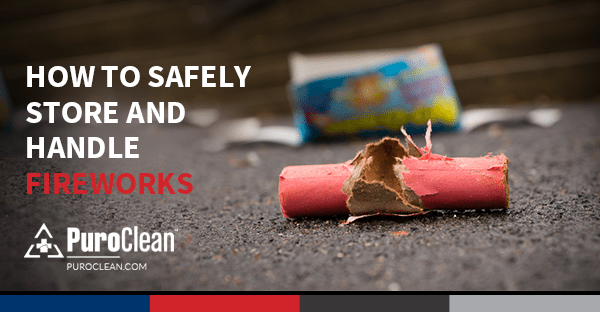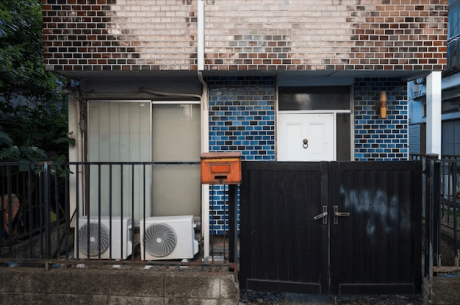
Image by K1tyara from Getty Images on Canva
Mold can quickly become a serious issue in your home, especially if it’s left untreated. Emergency mold removal is essential to protect both your living space and your health. Mold can spread rapidly in damp and humid conditions, causing structural damage and serious health problems, such as respiratory issues and allergic reactions. The sooner you take action, the better equipped you’ll be to prevent further damage.
Emergency mold removal isn’t just about cleaning up the mess—it’s about tackling the root cause of the problem to prevent recurring mold growth. Whether you’re dealing with a sudden water leak or a lingering humidity problem, it’s crucial to act quickly. In this blog, we’ll guide you through the importance of emergency mold removal services, the signs to look out for, and the steps involved in the process.
Why Emergency Mold Removal Is Crucial
Mold can spread quickly, taking root in your walls, ceilings, and other hidden spaces. Without prompt action, this growth can weaken the structure of your home and create an unhealthy environment. Mold thrives in damp, humid conditions, which are often found after water damage incidents such as floods, leaks, or broken pipes. If not addressed immediately, it can take over large areas of your home, making it a lot harder—and more expensive—to clean up later on.
Besides the damage mold causes to your property, it also poses significant health risks. Mold exposure can trigger allergies, breathing issues, and even long-term health problems. Children, the elderly, and those with pre-existing health conditions are particularly vulnerable. Emergency mold removal is your first line of defense in preventing these problems, offering protection for both your home and your family’s well-being.
Signs You Need Emergency Mold Removal
Recognizing mold early is essential for minimizing its impact on your home and health. Sometimes, mold may not be immediately visible, which makes it even more important to be aware of the signs that emergency mold removal is necessary. Below are some of the key indicators that mold is present and that immediate action is needed.
- Musty Odor
One of the first signs that you might have a mold problem is a musty, earthy smell. Mold spores release odors that are distinctive and unpleasant. Even if you don’t see mold, a lingering smell could indicate its presence, particularly in areas that are hidden or difficult to inspect, such as behind walls or under carpets.
- Visible Mold Growth
Mold often appears as black, green, or white patches on surfaces like walls, ceilings, or floors. If you spot these patches, it’s an immediate sign that mold removal should be considered. The mold may spread quickly and affect larger areas of your home, so swift emergency mold removal is crucial.
- Water Damage
Mold thrives in areas with excess moisture. Any form of water damage, whether from a leaking pipe, a flooded basement, or recent heavy rainfall, creates the perfect breeding ground for mold. Even if you’ve repaired the water source, moisture left behind can still trigger mold growth, making emergency mold removal necessary to address the issue before it escalates.
- Health Symptoms
Mold exposure can result in health issues like coughing, sneezing, sore throat, skin rashes, and even more serious conditions such as asthma and sinus infections. If anyone in your home is showing these symptoms, especially in the presence of visible mold or water damage, it’s important to act fast and get professional help for emergency mold removal.
Step-by-Step Emergency Mold Removal Process

Image by amixstudio from Getty Images on Canva
When you encounter mold in your home, taking immediate action is essential. The process of mold removal involves a series of steps that guarantee the mold is completely eradicated and that the affected areas are restored to a safe, healthy condition. Here’s what to expect during the emergency mold removal process:
1. Inspection and Assessment
The first step in any emergency mold removal process is a thorough inspection. A restoration specialist will assess the severity of the mold problem, which identifies the extent of the mold growth and the underlying cause, whether it’s a water leak, humidity, or flooding. This step is crucial to understanding the full scope of the issue and planning the appropriate actions to take.
2. Containment
To prevent mold spores from spreading to other areas of your home, professionals will set up containment barriers. This typically involves sealing off rooms with plastic sheeting and using air filtration systems to trap airborne spores. By controlling the airflow, the spread of mold can be limited, minimizing the damage and risk of further contamination.
3. Mold Removal
Once the affected area is contained, mold removal can begin. This process may include the removal of mold-infested materials such as drywall, insulation, carpets, or flooring. Specialized cleaning equipment, such as vacuums with HEPA filters, and antifungal treatments will be used to clean surfaces and ensure all mold is eliminated.
4. Drying and Dehumidifying
After the mold is removed, the affected areas must be thoroughly dried. This is a crucial step in preventing future mold growth. Dehumidifiers and powerful fans are used to reduce moisture levels in the environment. The longer moisture is present, the greater the chances mold will return, so this step guarantees that the area is completely dry and safe.
5. Repairs and Prevention
After the mold removal process is completed and the area is dry, it’s important to address the source of moisture to stop the mold from returning. Professionals will help repair leaks, improve ventilation, and take other steps to reduce humidity levels in your home. In some cases, additional treatments may be applied to prevent future mold growth.
Frequently Asked Questions
Will mold removal damage my property?
No, mold removal is designed to minimize damage to your property. However, in some cases, affected materials may need to be removed and replaced, such as drywall or flooring. While these materials may need to be removed to fully eliminate the mold, the restoration process helps return your home to its original state.
Can mold reappear after removal?
Yes, mold can reappear if the underlying moisture issue isn’t addressed. To prevent mold from returning, it’s essential to fix any water leaks, improve ventilation, and maintain low humidity levels. Professional mold removal services not only eliminate the mold but also provide recommendations for preventing future growth.
What happens if I wait too long to address a mold issue?
If you wait too long to address mold, it can spread throughout your home, causing extensive damage and creating an unhealthy environment. Mold can quickly take hold of hidden spaces, such as behind walls and under floors, making it difficult to assess the full extent of the problem. The longer you wait, the more difficult and costly the mold removal process can become.
Conclusion
Emergency mold removal is vital to protecting your home and health. Mold can spread quickly, causing serious damage and health issues, so prompt action is essential. If you suspect mold growth in your home, don’t wait—contact a professional mold removal service immediately.
For expert emergency mold removal services, reach out to PuroClean Zephyrhills. Our certified restoration specialists are ready to help you restore your home quickly and effectively. Contact us to learn more about our services!




 PuroClean Certified Restoration Specialists
PuroClean Certified Restoration Specialists